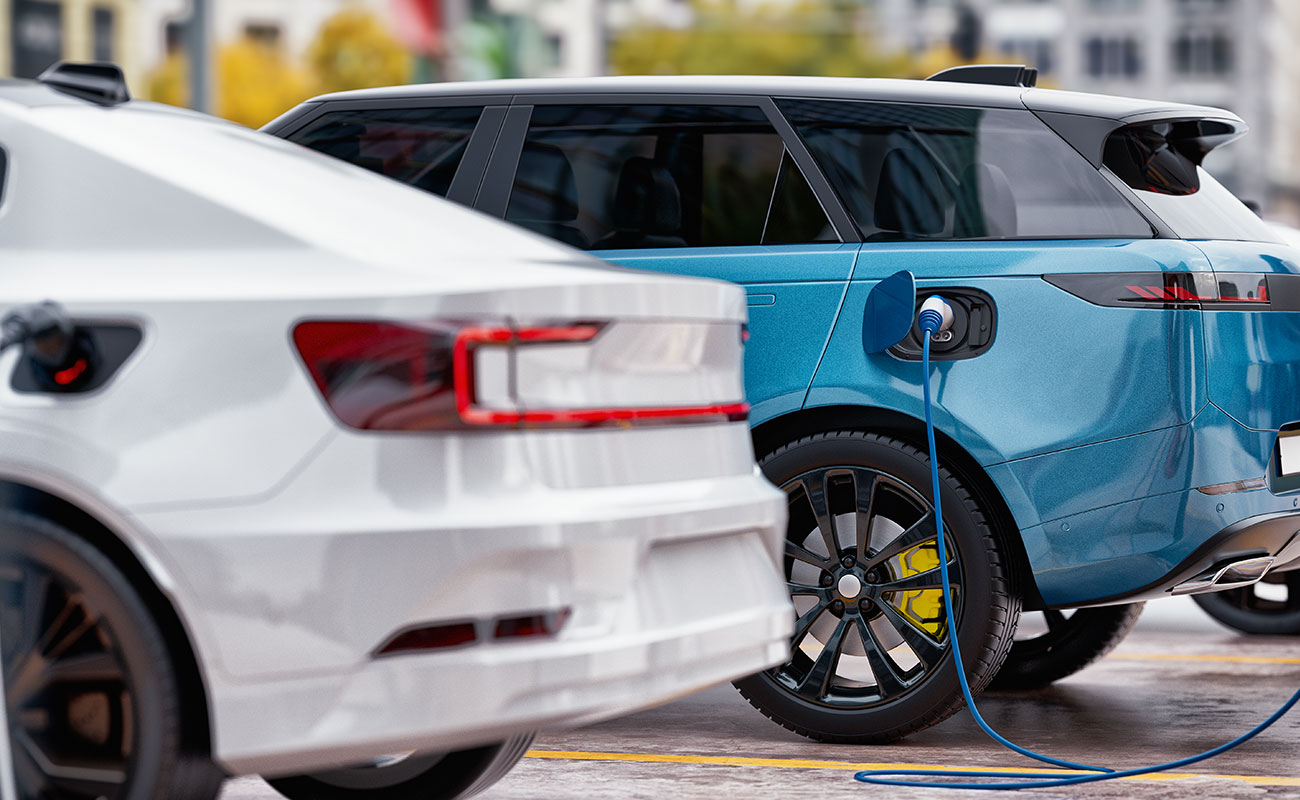By Green Mobility Today
The Electric Evolution in Urban Transportation
Across the world, cities are transforming, and so is the way people get around them. Electric Vehicles (EVs) have emerged not only as an environmentally conscious alternative to internal combustion engines but also as a cornerstone of the modern urban commute. From electric cars and e-bikes to scooters and buses, electrified transport is reshaping city landscapes, reducing emissions, and ushering in a cleaner, smarter, and more efficient way to travel.
The movement toward electrification is driven by the urgency to combat climate change, reduce air pollution, and meet the transportation needs of rapidly growing urban populations. With policies supporting green mobility and consumers seeking sustainable choices, EVs are no longer a novelty — they are the new norm.
Why Urban Areas Are Embracing EVs
Urban environments present unique challenges and opportunities for transportation innovation. With congestion, pollution, and noise being persistent issues, EVs offer a transformative solution.
- Lower Emissions and Cleaner Air
Tailpipe emissions from traditional vehicles are one of the leading causes of urban air pollution. EVs produce zero local emissions, directly contributing to improved air quality. Cities like Stockholm, Singapore, and Los Angeles have already documented significant reductions in nitrogen dioxide and particulate matter following the adoption of EV fleets.
- Cost-Effective Commuting
Electric vehicles are cheaper to operate and maintain than their gasoline counterparts. With fewer moving parts, lower energy costs, and incentives like toll exemptions and tax breaks, urban commuters find EVs increasingly affordable. For daily use within short-range city limits, EVs offer unmatched efficiency.
- Silence in the City
EVs operate quietly, reducing noise pollution in crowded urban centers. This is especially beneficial in densely populated areas, contributing to improved quality of life and mental well-being for city dwellers.
- Compact and Versatile Designs
Urban mobility demands flexible and compact solutions. EVs — particularly e-scooters, e-bikes, and small electric cars — are designed to maneuver tight spaces, reduce parking footprint, and offer last-mile connectivity.
A New Ecosystem: Infrastructure Supporting the EV Boom
As EV adoption rises, so does the need for robust support systems. Modern cities are rapidly developing infrastructure to ensure EVs become a seamless part of daily commuting.
Charging Networks
- Public and private charging stations are appearing at malls, offices, apartment complexes, and transit hubs.
- Fast-charging technologies are enabling commuters to power up their vehicles in under 30 minutes.
- Cities like Amsterdam, Shenzhen, and Kuala Lumpur are leading in charger density per capita.
Smart Grid Integration
To avoid overloading electrical grids, urban planners are integrating EVs with smart grid systems. These enable vehicle-to-grid (V2G) communication, where EVs can supply power back to the grid during peak hours, helping to balance energy demand.
Public Transportation Electrification
Electric buses, trams, and ride-sharing EV fleets are reducing the carbon footprint of mass transit. Programs in Oslo, Delhi, and Vancouver show how electrifying public transport can significantly reduce urban greenhouse gas emissions.
Urban Planning: EVs and the Redesign of Cities
The rise of EVs is forcing cities to rethink their infrastructure. Road layouts, parking zones, and zoning laws are being adapted to support sustainable mobility.
- Dedicated EV lanes and priority zones are being implemented in places like Paris and Seoul, giving electric vehicles the advantage in traffic.
- EV-only districts are being piloted in central urban areas to create pollution-free zones.
- Multimodal hubs that combine EV charging with public transport, cycling infrastructure, and pedestrian zones are the future of integrated transport.
Micro-Mobility: The Rise of E-Bikes and E-Scooters
While electric cars get much attention, micro-EVs are leading the charge in ultra-urban commutes. E-bikes, e-scooters, and electric skateboards offer:
- Convenient short-distance travel
- Lower environmental impact
- Ease of parking and storage
- Affordable access for a broader population
Cities like Berlin, San Francisco, and Tokyo have embraced micro-mobility through public sharing systems and dedicated lanes, transforming daily commutes into cleaner, quicker, and more flexible experiences.
The Role of Policy and Incentives
Governments worldwide are incentivizing EV adoption through a mix of regulatory and financial strategies:
- Subsidies and tax rebates for EV purchases
- Reduced registration fees and road taxes
- Access to HOV lanes and zero-emission zones
- Grants for building EV infrastructure
- Ban timelines for new fossil-fuel vehicles (e.g., 2030 in the UK and 2035 in California)
Urban administrations are also collaborating with private tech and auto companies to promote innovation and accessibility.
Challenges and the Road Ahead
Despite the progress, several hurdles must be addressed:
- Range Anxiety: Although battery tech is improving, some commuters still worry about running out of charge.
- Charging Accessibility: Urban apartment dwellers often lack home charging solutions.
- Upfront Costs: EVs remain expensive for some users, despite lower operating costs.
- Battery Sustainability: Questions remain about battery production ethics, recycling, and disposal.
Ongoing research into solid-state batteries, wireless charging, and battery recycling ecosystems will play a critical role in overcoming these challenges.
The Global Impact of Urban EV Adoption
The ripple effects of urban EV integration extend far beyond local commutes. The shift promotes:
- Energy independence by reducing reliance on fossil fuels
- Technological innovation across sectors, from AI-driven navigation to autonomous delivery vehicles
- Job creation in new industries such as EV manufacturing, battery recycling, and green infrastructure
- Health improvements through cleaner air and reduced noise pollution
- Climate action as cities meet their carbon neutrality targets
Conclusion: Driving the Future, One City at a Time
EVs are more than just a trend — they represent a paradigm shift in urban transportation. As cities evolve into smarter, more sustainable ecosystems, electric vehicles are leading the charge toward healthier, quieter, and more efficient commutes. Governments, businesses, and individuals are all part of this movement that will define the mobility landscape for generations to come.
Whether you’re navigating through rush-hour traffic in Kuala Lumpur, cycling down Amsterdam’s bike lanes, or hopping on an electric bus in New York City, the electric revolution is already underway — and the future of urban commuting has never looked brighter.








